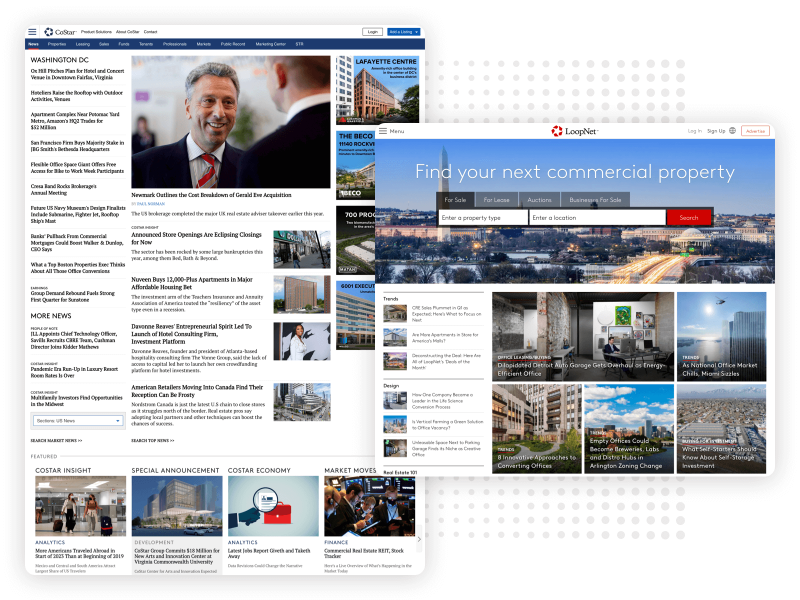A developer’s guide to unlocking the value of APIs in content management

For smaller-scale projects, like blogs, no-API CMSs are great. But for what you get in simplicity and user-friendliness, you sacrifice in flexibility. In contrast, an API-only CMS does the opposite: you have more flexibility, but also need back end developers.
The no-API and API-only approaches then become two opposite sides of a spectrum where you, as an organization, must choose what you are willing to sacrifice in order to meet your basic content needs—and that’s where the friction exists for decision makers looking at different solutions.
In this white paper, we guide you through the various API approaches to content management by exploring:
- The evolution of the CMS and the no-API approach
- The pros and cons of an API-only architecture
- The happy middle ground between these two approaches in what is called the API-first approach
Related Resources
To achieve its vision of being a leader in commercial real estate news, CoStar needed a platform that could support its fast-growing team of writers and editors alongside the need for sophisticated publishing workflows and the ability to integrate seamlessly with CoStar's proprietary ecosystem of data sources.
What is an enterprise headless CMS, and how can you choose the right one for your organization? Read on to find out.
Headless commerce offers numerous benefits that enable you to improve customer engagement and grow your business. Find out here how to harness the power of headless commerce to boost your online sales, performance and brand recognition.
